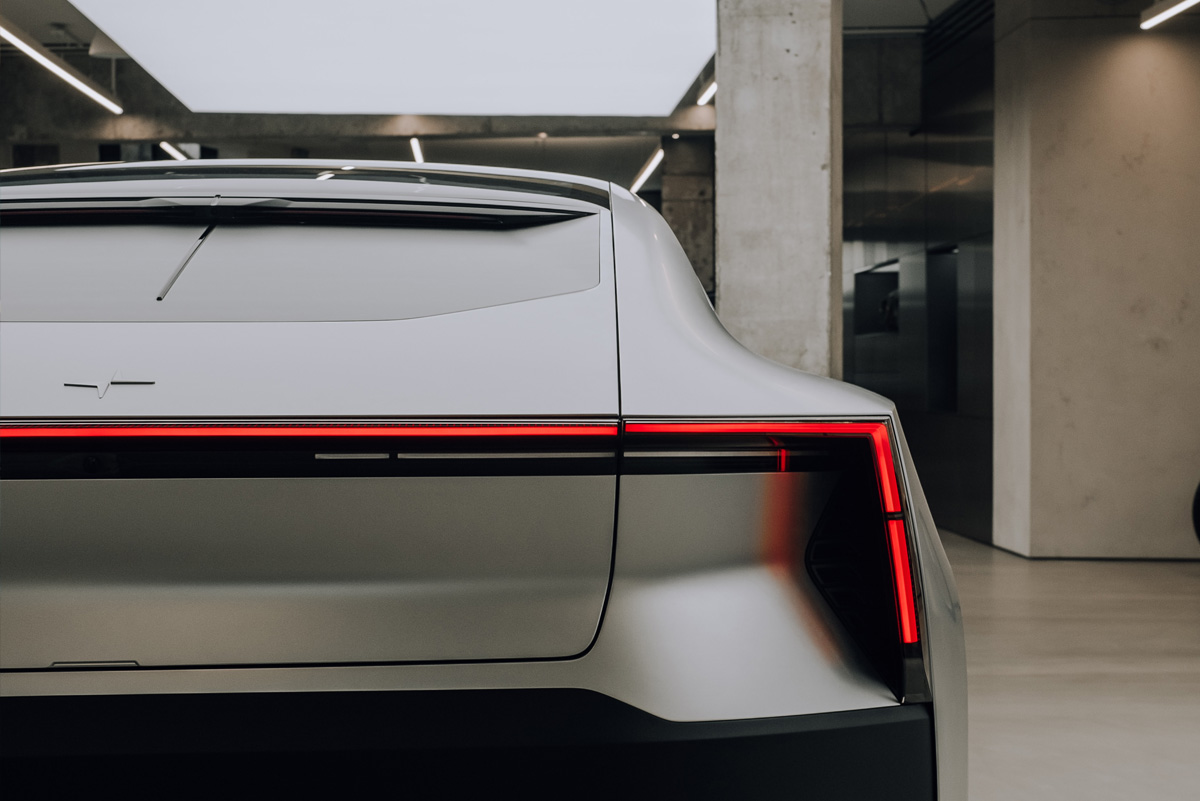The future of transportation is electrifying, with a global push towards zero-emission vehicles to combat climate change. In the United Kingdom, the government has set ambitious targets to phase out the sale of new petrol and diesel cars by 2030, and the push for zero-emission vehicles by 2035 is gaining momentum. However, a crucial question remains: will the electric infrastructure be in place to support this transition?
What is the current State of Electric Infrastructure?
As of the latest statistics, the UK has made substantial progress in expanding its electric vehicle (EV) charging infrastructure. According to the Department for Transport, as of July 2021, there were over 24,000 public charging connectors across 15,500 locations. This number has likely increased significantly since then, given the government’s continued investments in charging infrastructure.
Are there any Government Initiatives and Investments?
Yes. The UK government has been proactive in promoting EV adoption. In 2020, they announced a £1.3 billion investment plan to accelerate the rollout of charging points in homes, streets, and highways. Additionally, the government’s Office for Zero Emission Vehicles (OZEV) provides grants for home and workplace charging points, making it financially feasible for individuals and businesses to install charging infrastructure.
Have there been any large Corporate Contributions?
There has been a few, nut nowhere near enough. Tesla, for instance, has been expanding its Supercharger network across the country, offering high-speed charging capabilities. Furthermore, initiatives like BP’s Chargemaster and Shell Recharge are making significant investments to enhance the charging infrastructure at their petrol stations. However, when you bear in mind that there are currently 33.2 million car registrations in the UK, more needs to be done by larger energy and petrol providers to get the necessary infrastructure in place.
In the next few years, what are the challenges and potential solutions?
Despite the progress, several challenges remain. Range anxiety, the fear of running out of charge before reaching a charging station, is a significant concern for potential EV buyers. To address this, the UK needs a more widespread network of fast-charging stations, particularly in rural areas.
Moreover, increasing the capacity of the national grid is essential to handle the additional demand for electricity. Investments in renewable energy sources and smart grid technologies can ensure a stable supply of electricity for EV charging without putting undue stress on the grid.
In addition to this, there is also the thought amongst many environmental campaigners that Hydrogen will provide a much more environmentally friendly, sustainable, and economical power source.
Whilst the engines and manufacturing of search vehicles is not yet in place, Hydrogen powered vehicles offer a longer lasting solution that is easier to incorporate into our current fuel station infrastructure. Which option would you opt for?
What is the Public Perception and Awareness of EV vehicles?
Public awareness and education are vital components of the EV transition. Many consumers are still unfamiliar with EV technology, charging options, and incentives available. Government campaigns and educational initiatives can bridge this knowledge gap, encouraging more people to embrace electric vehicles.
In addition to this, there is a perception that EV vehicles still post a large carbon footprint because of the way they are manufactured and the wany the energy is produced. These ideas and thoughts that the UK government will need to overcome in the next few years if the roll out from petrol and diesel cars to EV cars is to be successful.
In Summary
The UK has made commendable progress in developing its electric infrastructure, but challenges persist. With continued investments, collaborations between the government and private sector, and a focus on public awareness, the goal of having a robust electric infrastructure to support zero-emission cars by 2035 is attainable. However, sustained efforts are essential to ensure that the transition to electric vehicles is smooth, convenient, and accessible to all, thereby contributing significantly to the reduction of carbon emissions and a greener future for the UK.


